A look around the project that's aiming to make over a big chunk of Arbor Hill
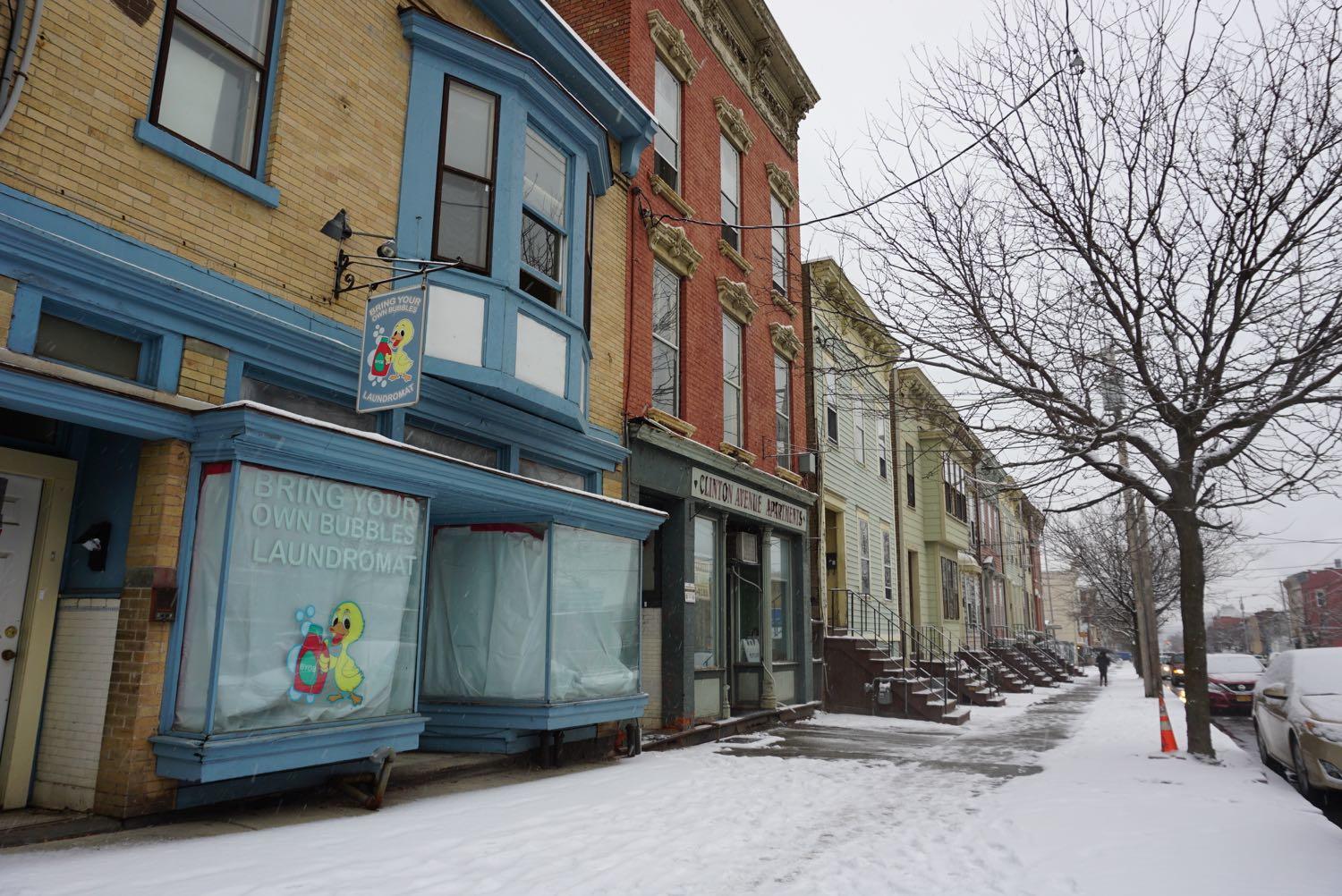
One of the largest construction projects in the city of Albany right now is spread across multiple blocks of Clinton Ave and will eventually involve 70 different buildings.
A Rochester-based company called Home Leasing is working to create more than 200 units of affordable housing in the rehabbed buildings, many of which had been vacant or were in otherwise rough shape.
Here's a look around the project, and a bunch of bits about what's in progress...
The basics
Here's the basic outline:
+ The project covers 70 buildings along, and near, Clinton Ave.
+ Those buildings currently include 216 residential units. After renovation work there will be 210 units. (Each building has at least two units.)
+ Home Leasing bought the portfolio of buildings for $3.3 million. It expects to spend roughly $50 million on the project in total. The project is backed, in part, by a complicated mix of financing, tax credits, and federal and state aid (more below).
+ Home Leasing is handling both the construction and property management.
+ There will be income guidelines for tenants. Units will be set aside for households with incomes that are 50 percent, 60 percent, and 90 percent of the area median income. "Area median income" -- AMI -- is a standard measure for affordable housing developments and is calculated using a formula laid out by the federal government that takes into account both regional differences in median income and the number of people in a household.
Example: The feds figure that the 2018 Albany metro area median family income -- that is, the point at which half the households are above that line and half below -- is $86,400. So, according to this formula for 2018, 50 percent of AMI for a household of four in the Albany metro area is $43,200.
+ Home Leasing says rents (which include utilities) will be (approximately): $625 studio / $680 1BR / $750 2BR. Those rates will be regulated by the state and feds.
+ Forty of the units in the project will be set aside for DePaul Services, a Rochester-based org that works with people with mental health issues. Home Leasing is also combining street-level space in two adjacent buildings that the org will be using for office space.
+ Home Leasing says it intends to renovate, re-open, and operate the laundromat at 271 Clinton Ave.
+ About a third of those units were occupied when work began this past summer. Home Leasing says it started on vacant units, and it's been shifting tenants around as work continues. The company says its goal is to retain all of its existing tenants.
+ The projected completion date is the end of 2020.
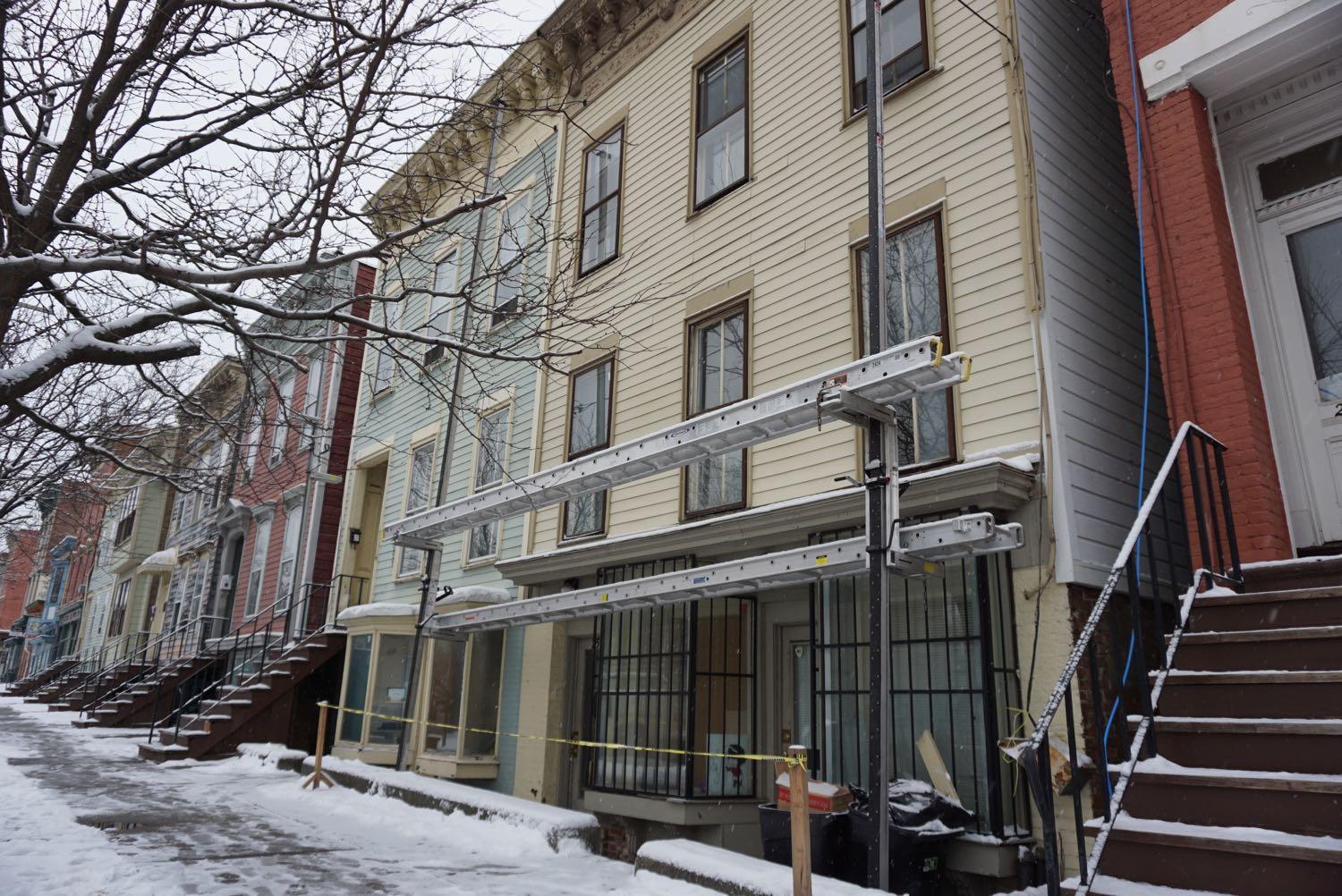
Photos
There are a handful of photos from various sites in the project at the top in large format -- click or scroll all the way up.
What is Home Leasing, and how'd it end up involved here?
Home Leasing is a private company based in Rochester. It's an outgrowth of a much larger real estate company that started in the 1960s, went public, and ended up managing a portfolio of some 50,000 rental units. In the early 2000s the company started spinning off various arms to its founders, brothers Nelson and Norman Leenhouts. Nelson Leenhouts -- who's now in his 80s -- took the affordable housing arm of the company and, with members of his family, formed Home Leasing. It carries a "B Corporation" designation.
"Our mission is to improve the lives of our residents," said Home Leasing development manager Adam Driscoll during a recent phone interview. "So we take great pride in being good neighbors, because we're going to be longterm neighbors."
This isn't the first time a developer has tried to renovate this portfolio of buildings -- see this reporting by Amanda Fries about efforts that date back to the 1980s. Driscoll said that Home Leasing had gotten word about the Clinton Ave buildings from an affordable housing lending group with which the company works (and ended up organizing financing for this project).
Driscoll said it was Leenhouts who recognized the potential during a first visit to Albany: "He saw the opportunity with this portfolio. He said this is something we really have to look hard at."
What's going on right now
This project has turned a handful of blocks of Clinton Ave in the Arbor Hill/Sheridan Hollow neighborhood into a construction site scattered across multiple sites.
Earlier this month we got a tour of a handful of the buildings in various states from Bill Toomey, Home Leasing's project manager. We saw buildings that were almost completely renovated and others where work hadn't started yet.
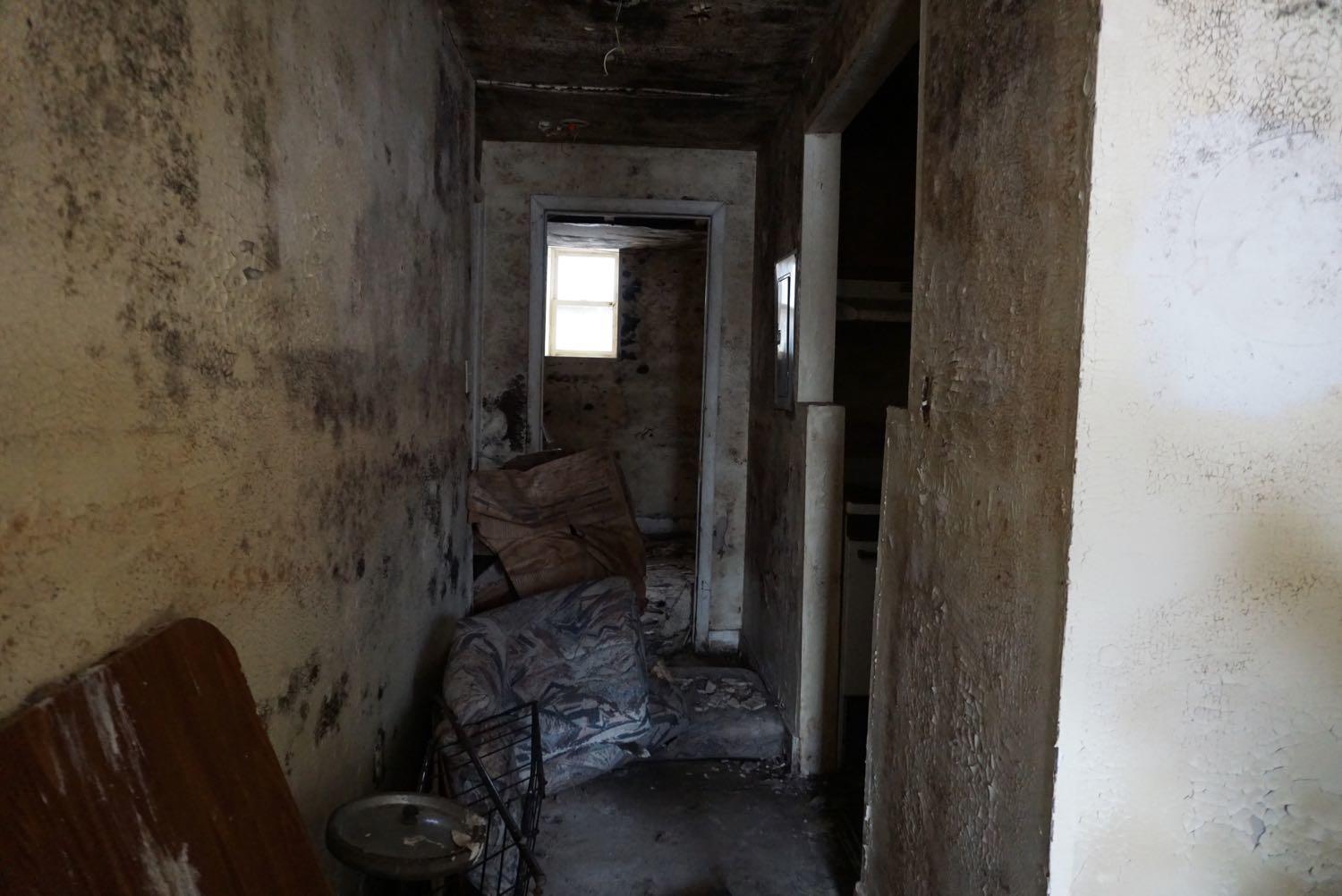
Many of the buildings were -- and still are -- in rough shape. They had all the symptoms of longterm vacant buildings: garbage, pests, interior walls covered in mold, holes in the exterior walls.
Even worse, Toomey said there were a few cases in which people had been living in deplorable conditions. He said they encountered one family in a building that had raw sewage collecting in the basement.
"This is the least glamorous project in Albany," Toomey said after we looked into a moldered, trash-filled row house. "But it's the most important."
The buildings are getting top-to-bottom makeovers. That means a gut rehab with new floors, walls, roofs, kitchens and bathrooms, and heating and cooling. Toomey said they're completing about three buildings per month.
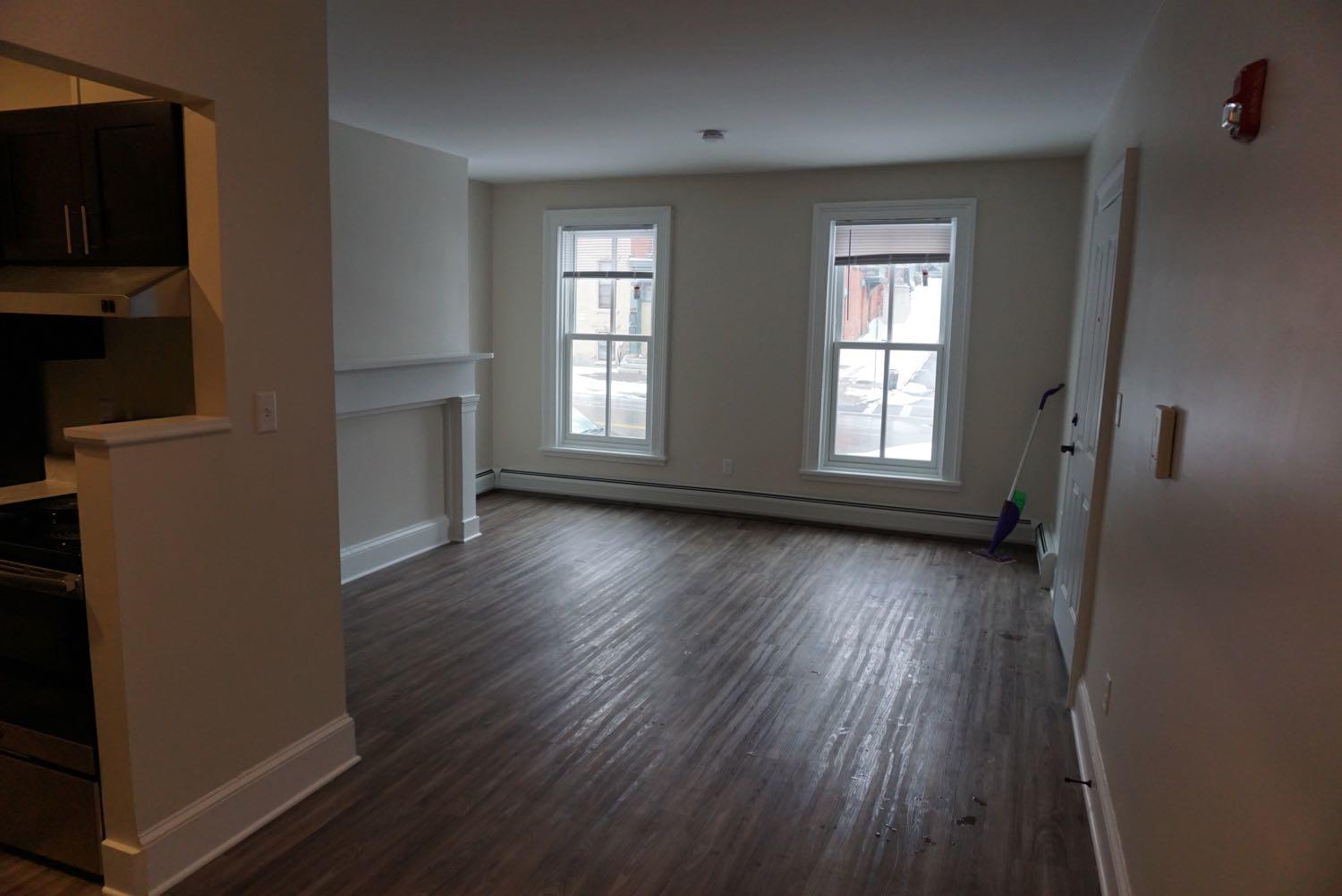
The newly-renovated units aren't fancy, but they're nice with solid fit and and finish. They include modern touches like an electronic fob system instead of keys and a mesh network that will be providing internet access. And the backyards -- many of these row houses along Clinton Ave have surprisingly large backyards -- are getting patios.
"When we first got here no one believed what we were going to do," Toomey said.
How is this possible?
Some of the most important (financial) engineering that goes into any real estate development project is the lining up of funding and financing. That's especially true for this Clinton Ave project, which is being built on a complicated financial foundation.
Here's a quick, not-comprehensive overview of the funding for the project, as explained to us by Home Leasing's Adam Driscoll:
+ New York State Homes and Community Renewal provided very low interest loans and financial assistance for construction. "If it wasn't for them, this wouldn't have happened," Driscoll said. "They played the biggest role in making this happen."
+ The project is in line for affordable low-income housing tax credits from New York State.
+ It's also in line for federal and state historic tax credits.
+ The Albany IDA signed off on a special "shelter rent" property tax arrangement in which the project will pay a portion of rents in lieu of property taxes. This sort of arrangement isn't necessarily unusual for affordable housing projects, but the typical rate is 10 percent. In this case, the Home Leasing project will be paying 5 percent. And the arrangement is in place for 30 years.
"I don't think a market rate developer could do what they would want to do [for this project] with typical financing," Driscoll said.
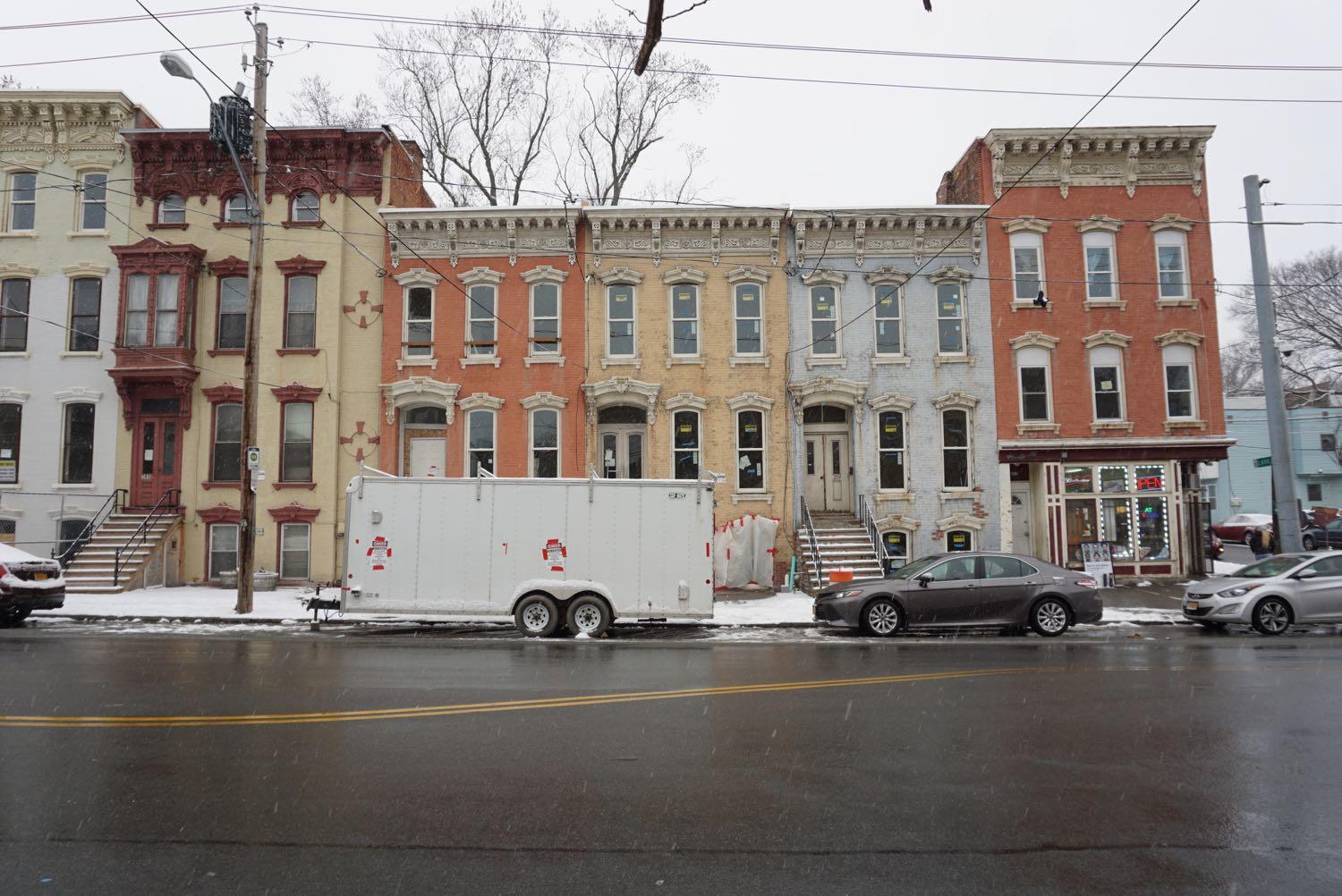
This is a big chunk of the neighborhood
That sort of financial engineering -- along with the challenge of rehabbing 70 properties -- would have been difficult to pull off bit by bit via different developers over this short of a time span. In that sense, this is a unique circumstance that could benefit the neighborhood.
The flip side is that a large chunk of this part of the city will be controlled by one company. There's a lot riding on Home Leasing to get this right for the neighborhood -- and to continue getting it right.
"Hopefully in five years people will say they did what they said they were going to do," Driscoll said when we asked about the risks of having one company control so many units in a small area. "We hope that it's a catalyst for others to want to live in Arbor Hill and invest in Arbor Hill. We're not going anywhere."
Hi there. Comments have been closed for this item. Still have something to say? Contact us.
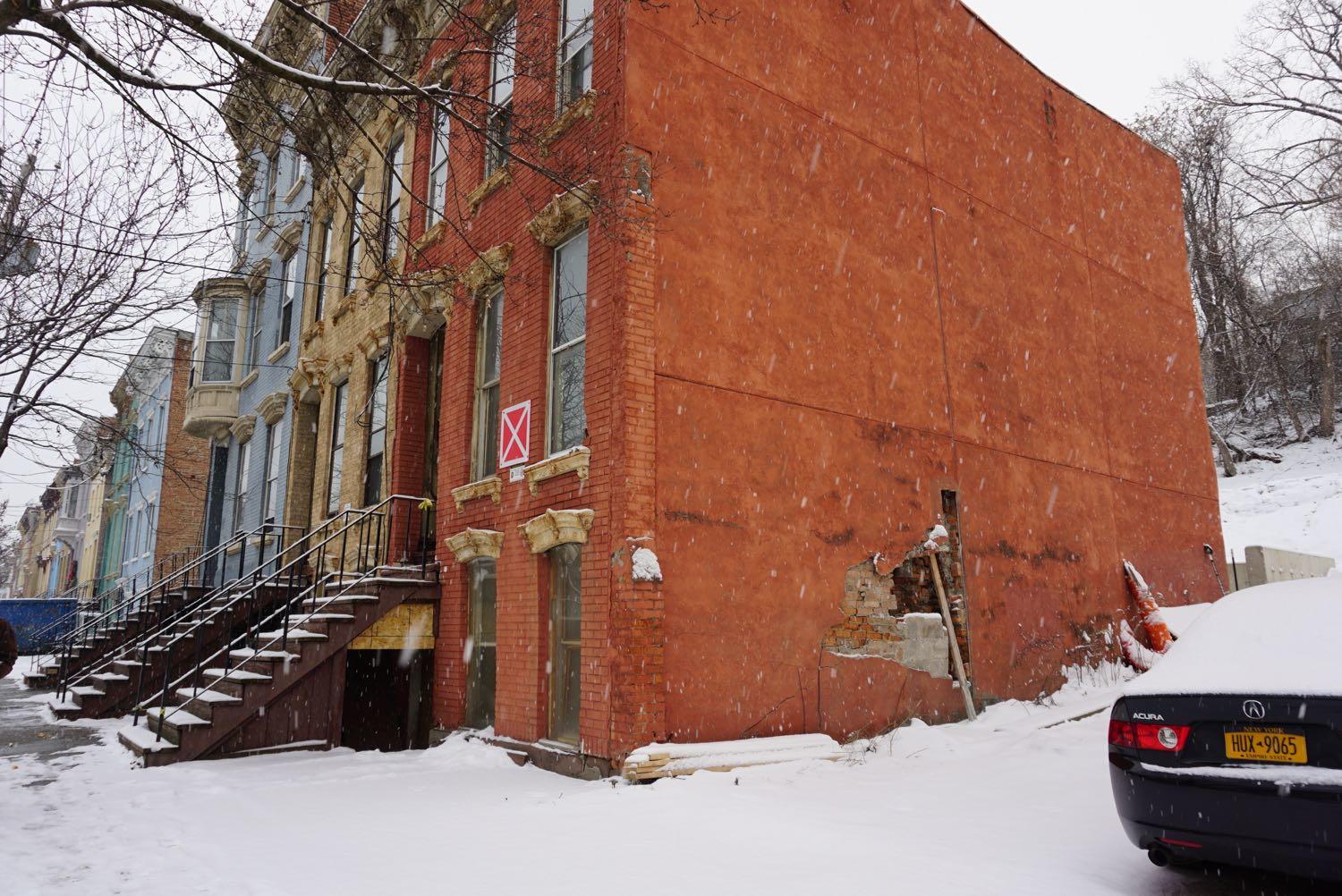
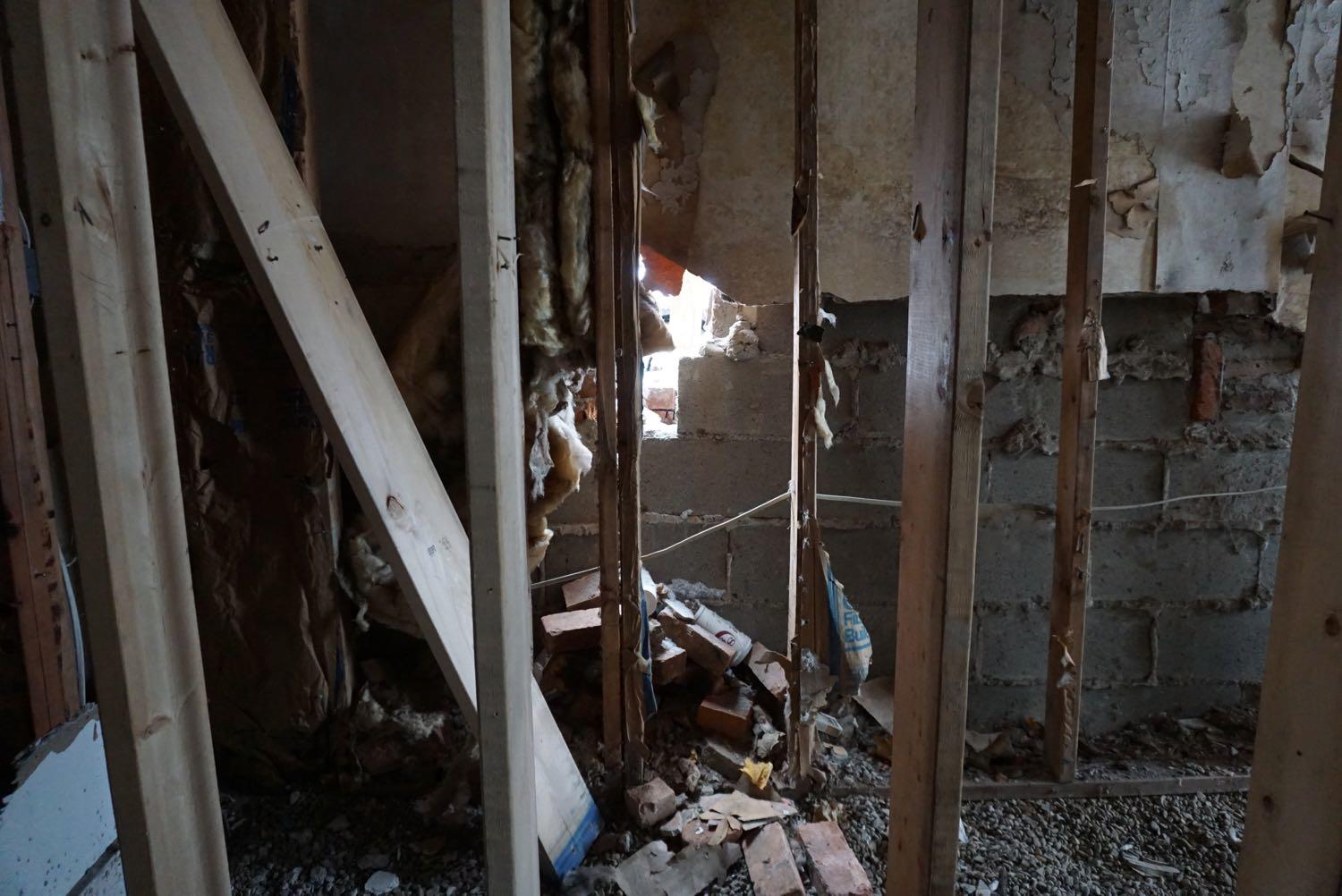
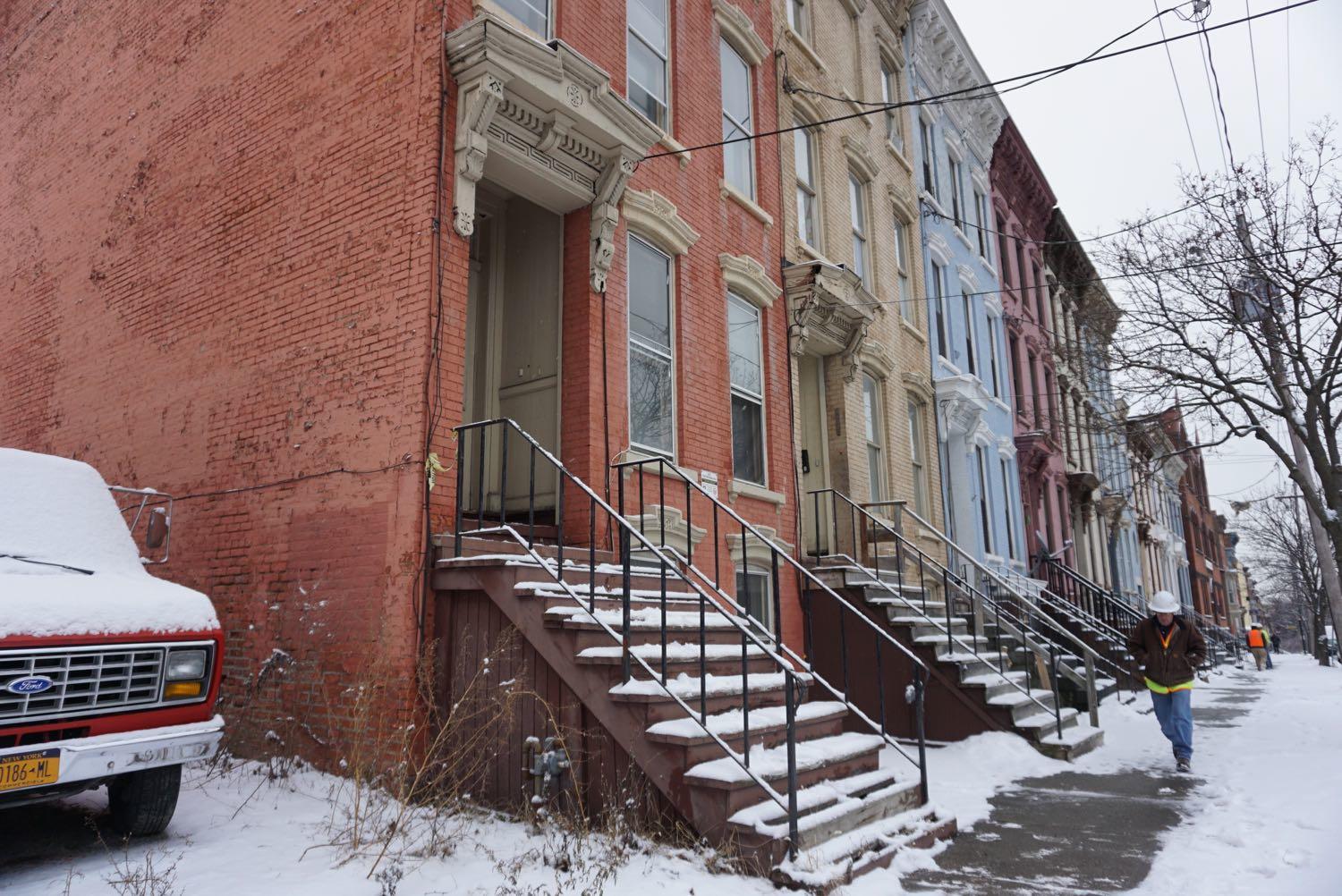
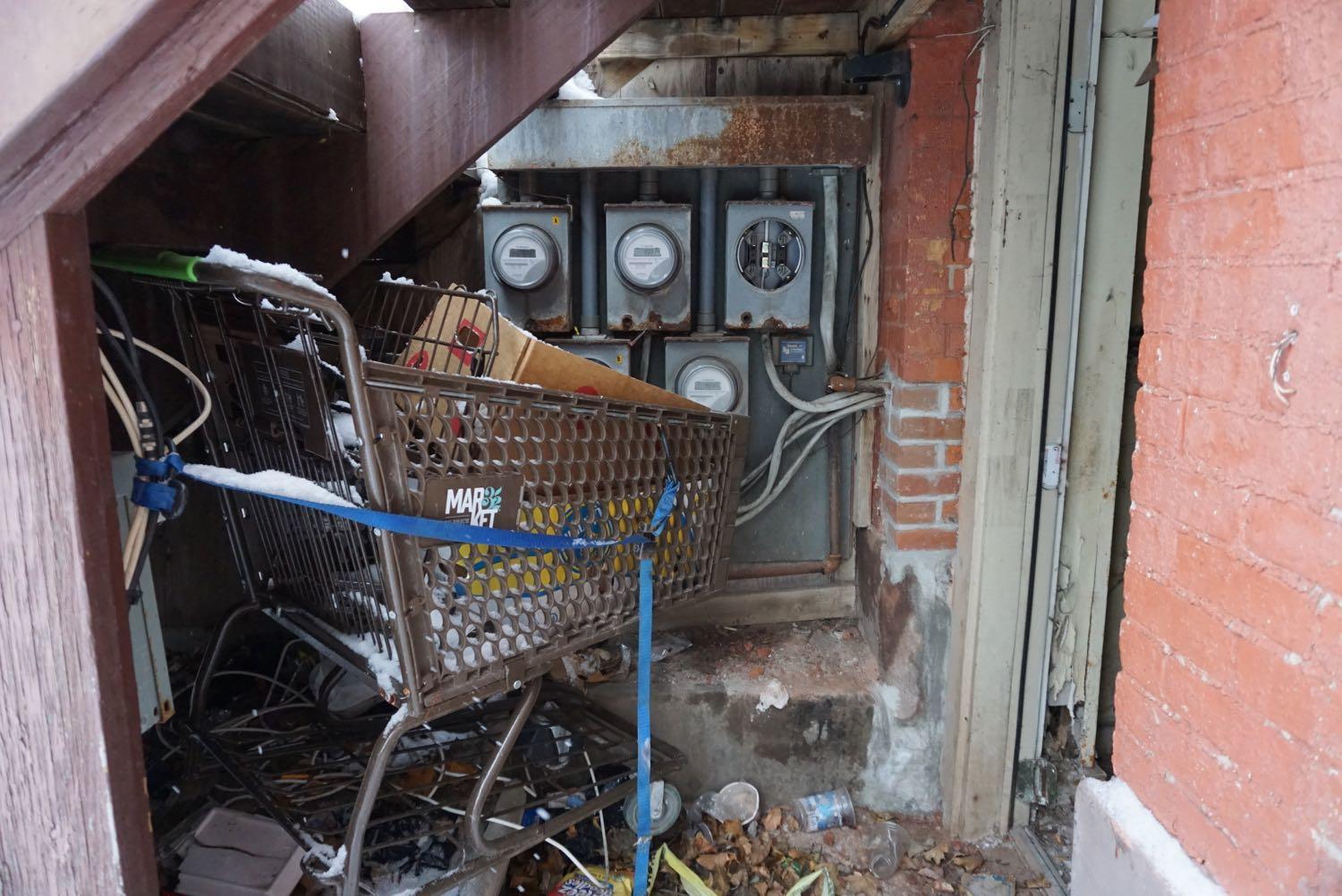
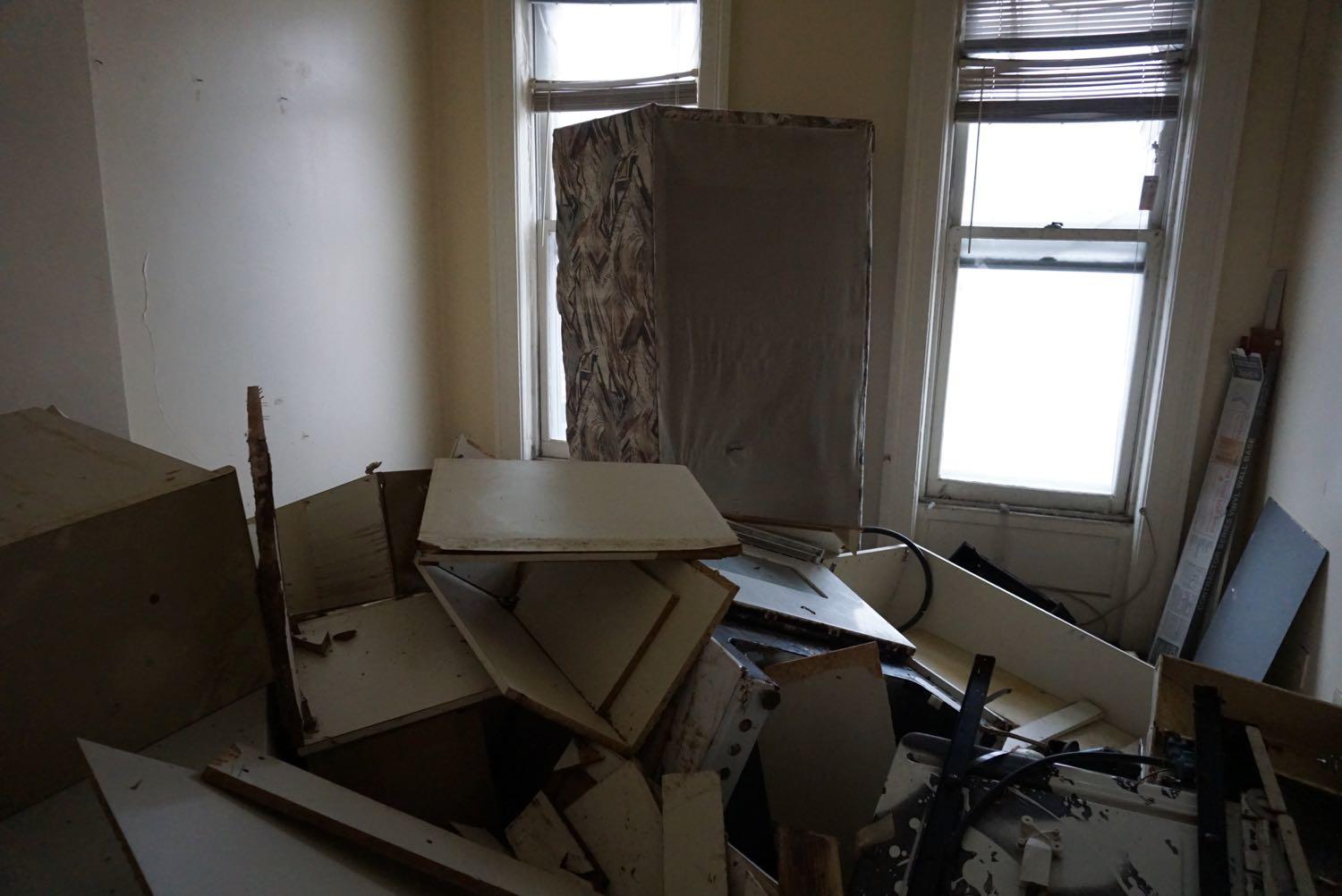

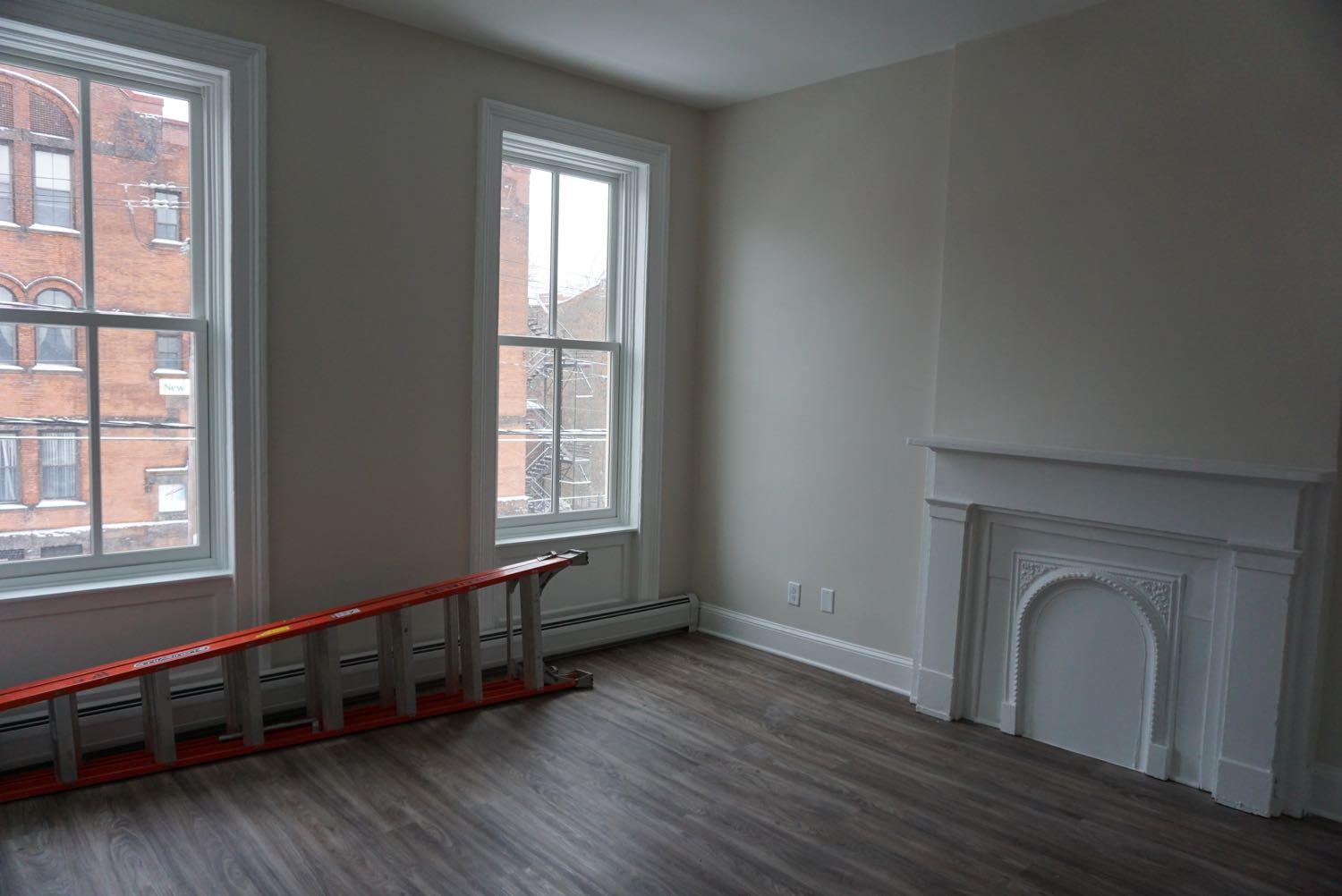


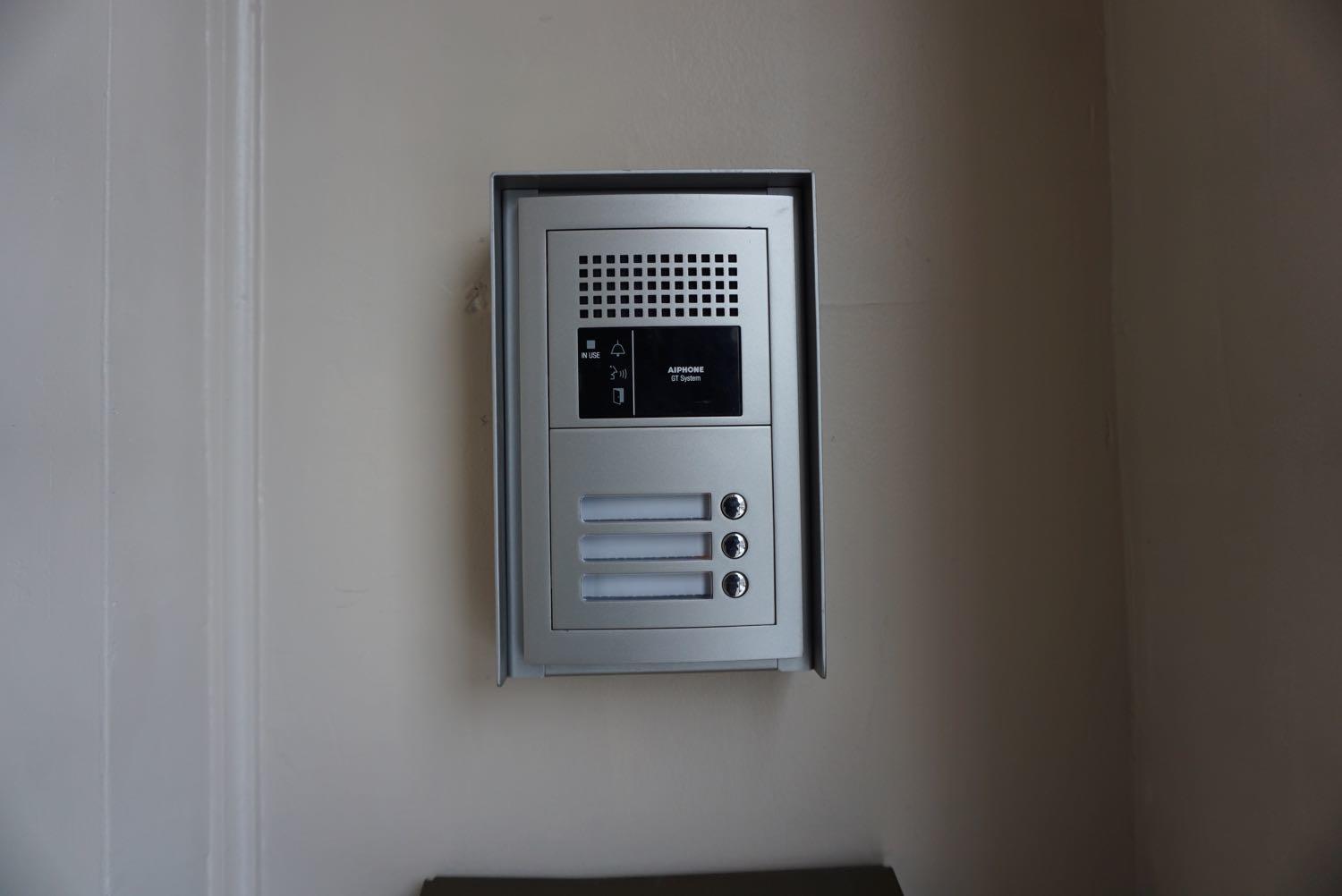
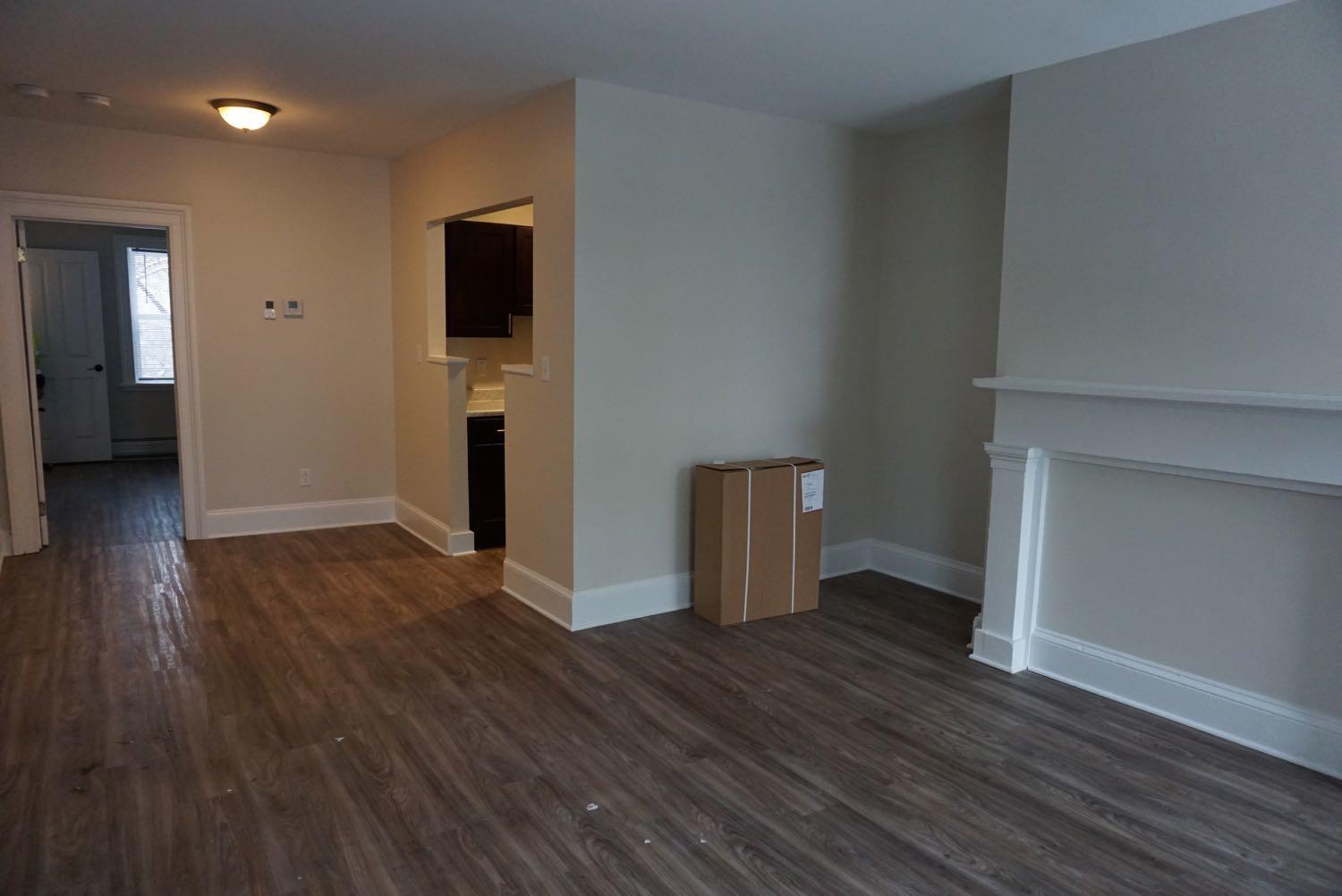



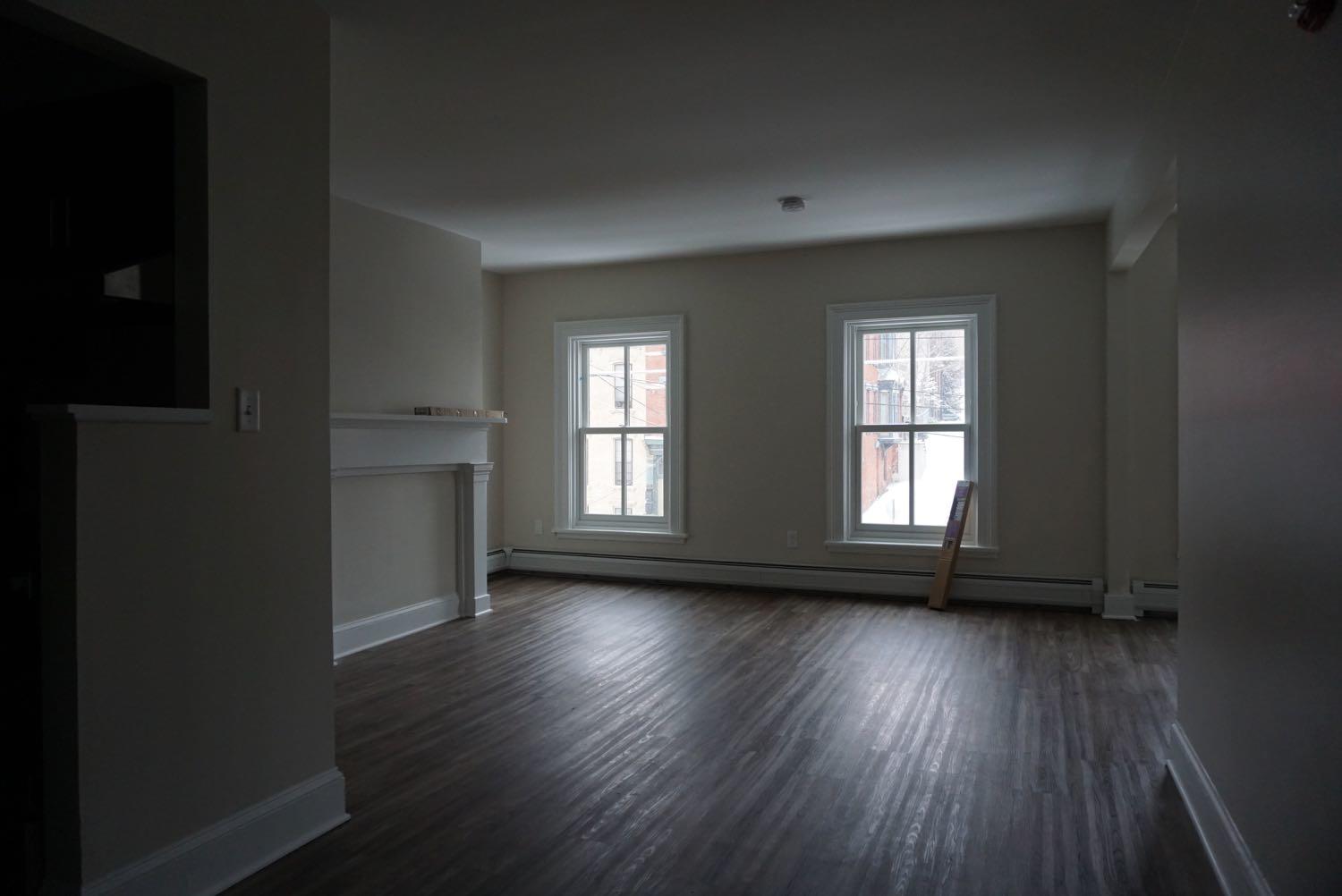
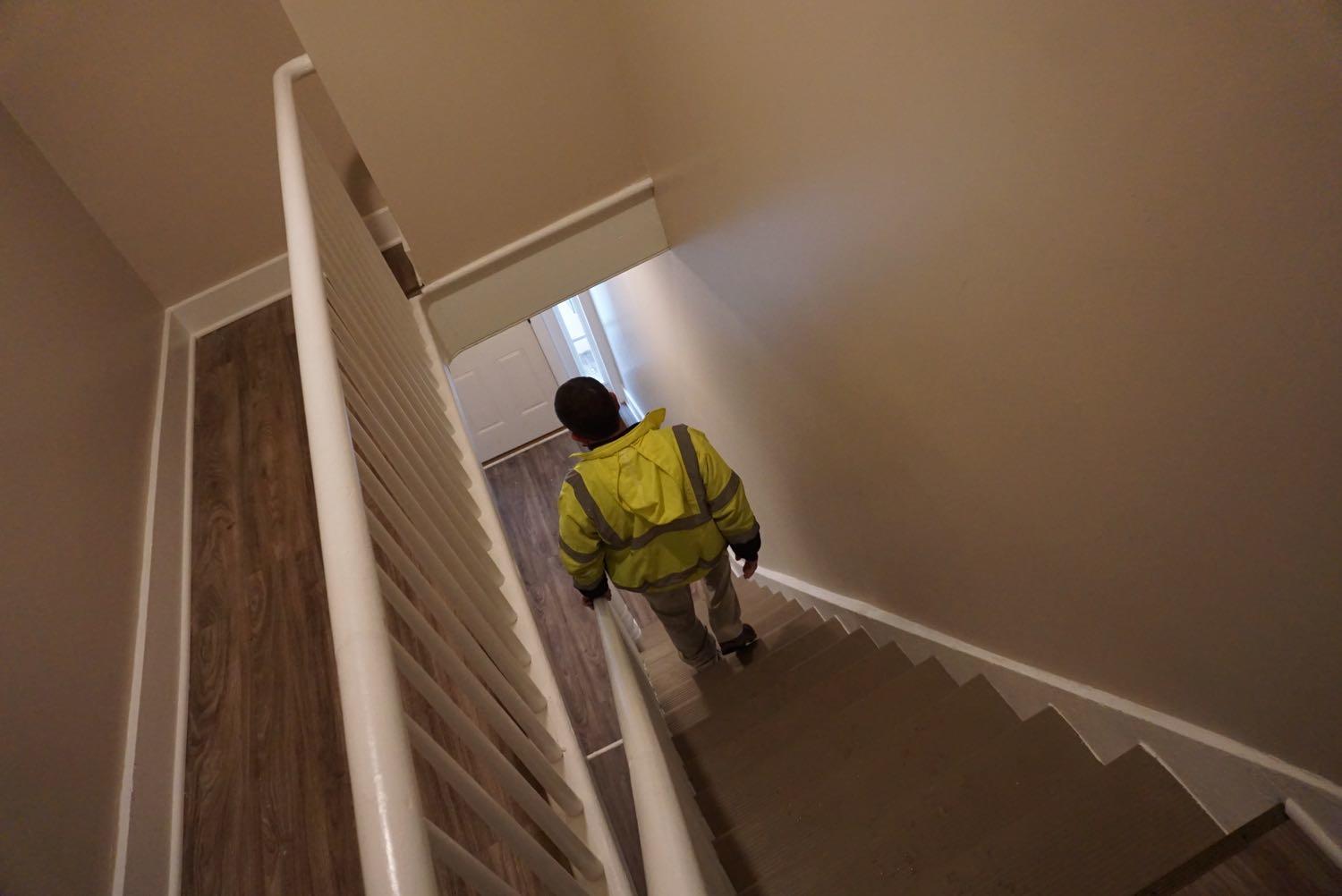
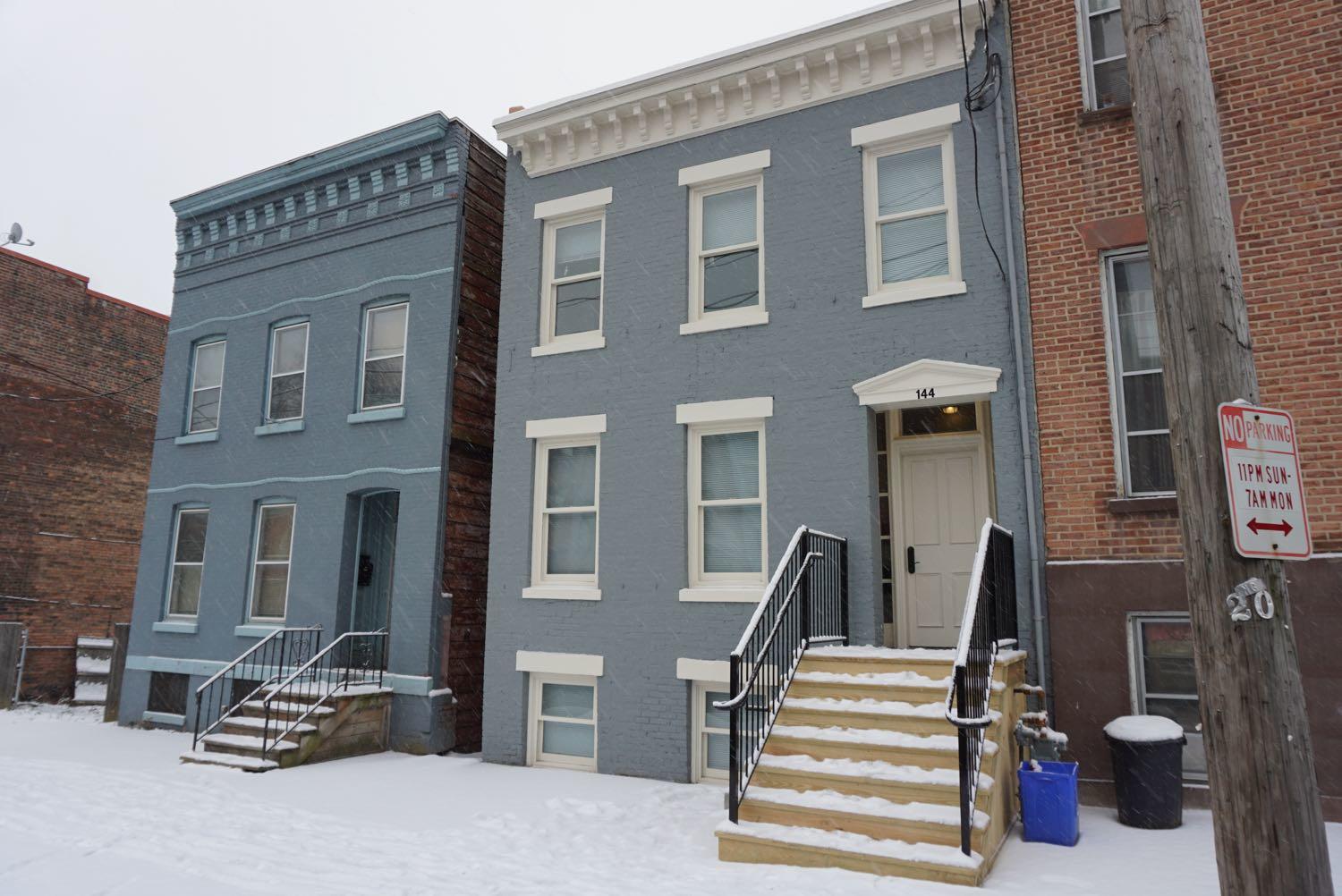

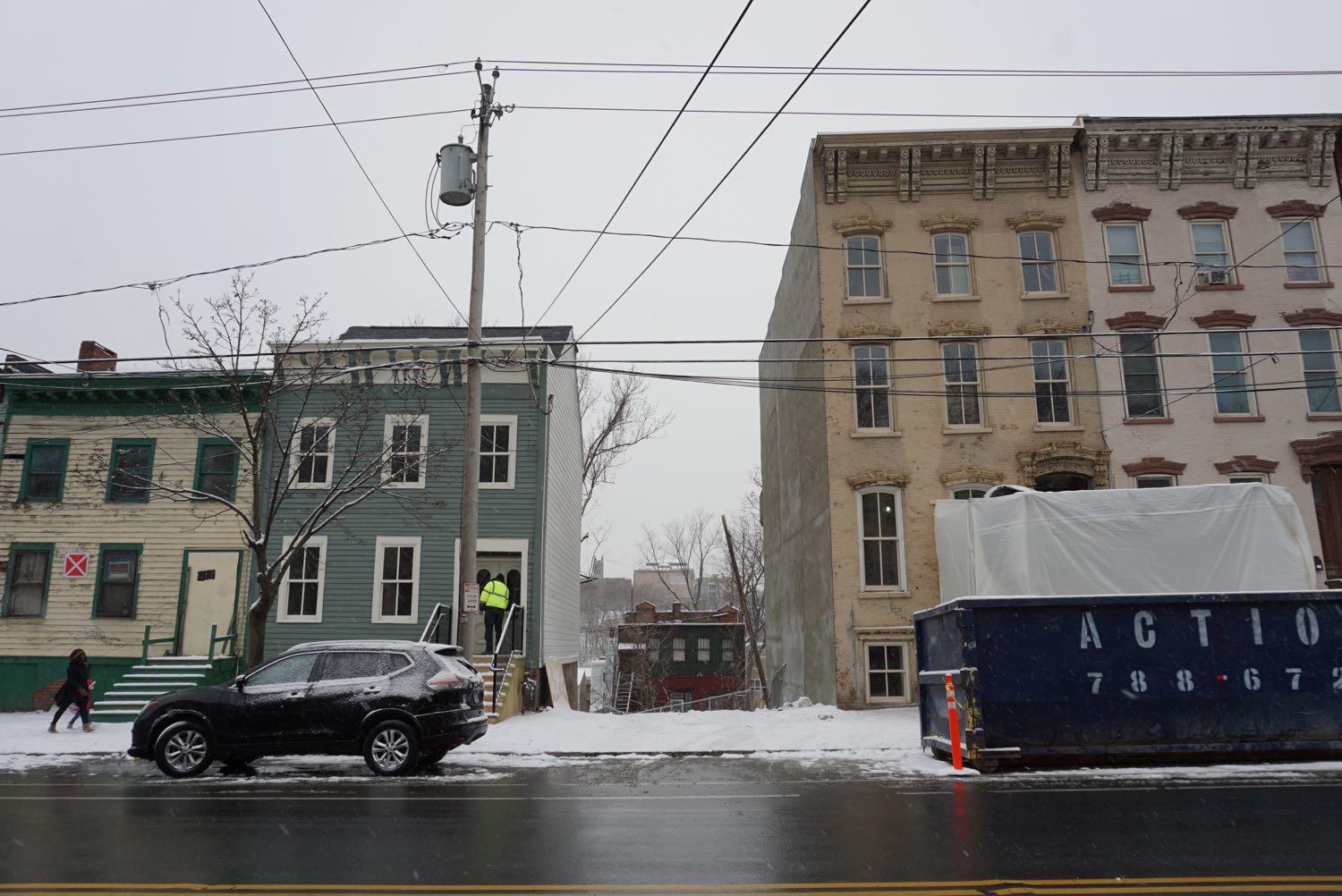
Comments
Yet another boondoggle. Can we taxpayers get our money back after this project fails. For the taxpayers, a lump of coal for Christmas, for the developers and politicians fatter wallets and votes, and the poor get to be pawns ... When will the Albany merry go round end? God save us!
... said Brainiac on Dec 27, 2018 at 8:43 AM | link
Promises to be a transformative process for the neighborhood. Hopefully it will inspire others to maintain their homes or purchase properties from the Albany county land bank etc etc.
FWIW, I am sure that the City and School Districts will be collecting much more in tax revenue under the "shelter rent" property taxes than they are collecting now on abandoned/neglected properties
Next up: The South End! which continues its uncertain path. It's a shame that the State has "dis-invested" in the South End by its planned closing and relocating the DMV offices from the south end to 855 Central Ave
... said jsc on Dec 27, 2018 at 9:34 AM | link
I’m really excited to see the construction going on here in Albany I hope it will bring caring friendly tenants to the neighborhood that wants to keep their apartment clean and quiet
... said Maria Jones on Dec 27, 2018 at 10:46 AM | link
I'm optimistic about this project. A lot of historic homes will have new life breathed into them, keeping the attractive character of the neighborhood alive while bolstering the tax base at the same time. Hopefully this will also inspire a snowball effect when it comes to other owners of properties that are neglected - sometimes all it takes is a few houses on one block to start the trend.
Arbor Hill and Sheridan Hollow are two neighborhoods that could desperately use some infill to combat the "missing teeth" look that currently plagues many of the blocks. If this project is a success, coupled with the Habitat for Humanity development on Sheridan and Orange, it could go a long way towards increasing demand for turning the weed infested empty plots into new construction houses that (hopefully) keep with the architectural style of the area.
... said PB on Dec 27, 2018 at 12:43 PM | link
I hope it works but the last time the government rained money down on arbor hill it wound up with the wonderland we now have, and filling those houses with low income / section eight will only prolong the misery. What this place needs is good paying jobs, but with abysmal schools and high taxes, the only people they'll have living these are the poor. The city fathers continue their demolition of the middle class.
... said Brainiac on Dec 27, 2018 at 6:11 PM | link
@Brainiac, the lowest incomes of these tenants will be $43,000 - 50% of the median metro income. That isn't that poor. 60 percent and 90 percent of the median metro income then amounts to $51,000 and $69,000, respectively. This will be a mixed income development and can work. Indeed, it works very well everywhere else in the country. Also, in reality, the government has never "rained" money on Arbor Hill. There has been nothing but disinvestment in Arbor Hill and in West Hill through redlining and many other systemic policies. Save the rant about the schools and taxes for another thread. The schools really are not that bad if you actually step foot in them.
... said Paul on Dec 27, 2018 at 10:37 PM | link
I've always wondered why there were so many vacant residential and commercial buildings in Albany in very good locations. This project and the large scale commercial project around Broadway show the painful side effects of one owner holding onto a huge portfolio of property and letting it sit and deteriorate until something can be done en-masse.
It is hard to understand how it can make economic sense to let buildings deteriorate, but maybe all the funding and tax credits on this project made up for it. Or maybe the previous owner lost their shirt due to the neglect. I hope it is the latter so there is no incentive to keep doing this in the future.
... said Albany Landlord on Dec 29, 2018 at 11:02 AM | link
In the Fall of 1982, the late and dynamic Sister Mark Pennock visited my office of Neighborhood Preservation at the Department of State asking for assistance in developing affordable housing. At the time there was not a not for profit in Arbor Hill involved in development. The federal historic tax credit, reinventing depreciation, was in its nascent stages and it’s potential not realized. Our small but the inventive team undertook the project from creation of a not for profit to the syndication of tax credits and complex leveraged financing to complete 20 units by May, 1983. A great deal of credit is to be
attributed to Sister Pennock who like an energizer bunny cut the proverbial local red tape whenever barriers threatened the project. If today you only see remnants of that St. Joseph’s Neighborhood Preservation project it is in part due to its being the first of its kind; its small scale; the need to fully invest the neighborhood community in all project phases providing assurances that there would be no displacement, and to continue the project on a grander scale in lieu of scattered site restoration. Sister Pennock’s urgency became apparent within a short time. A few months after the ribbon cutting she passed following her battle with Cancer.
I am hopeful that the currently proposed project, because of its scale, will succeed. Arbor Hill is due for revitalization. Recommendations? Engage residents, keep them informed, provide them with work opportunities so that the end product states “done with” not “done to” the community.
... said Rosa Maria Castillo-Kesper on Dec 29, 2018 at 3:10 PM | link